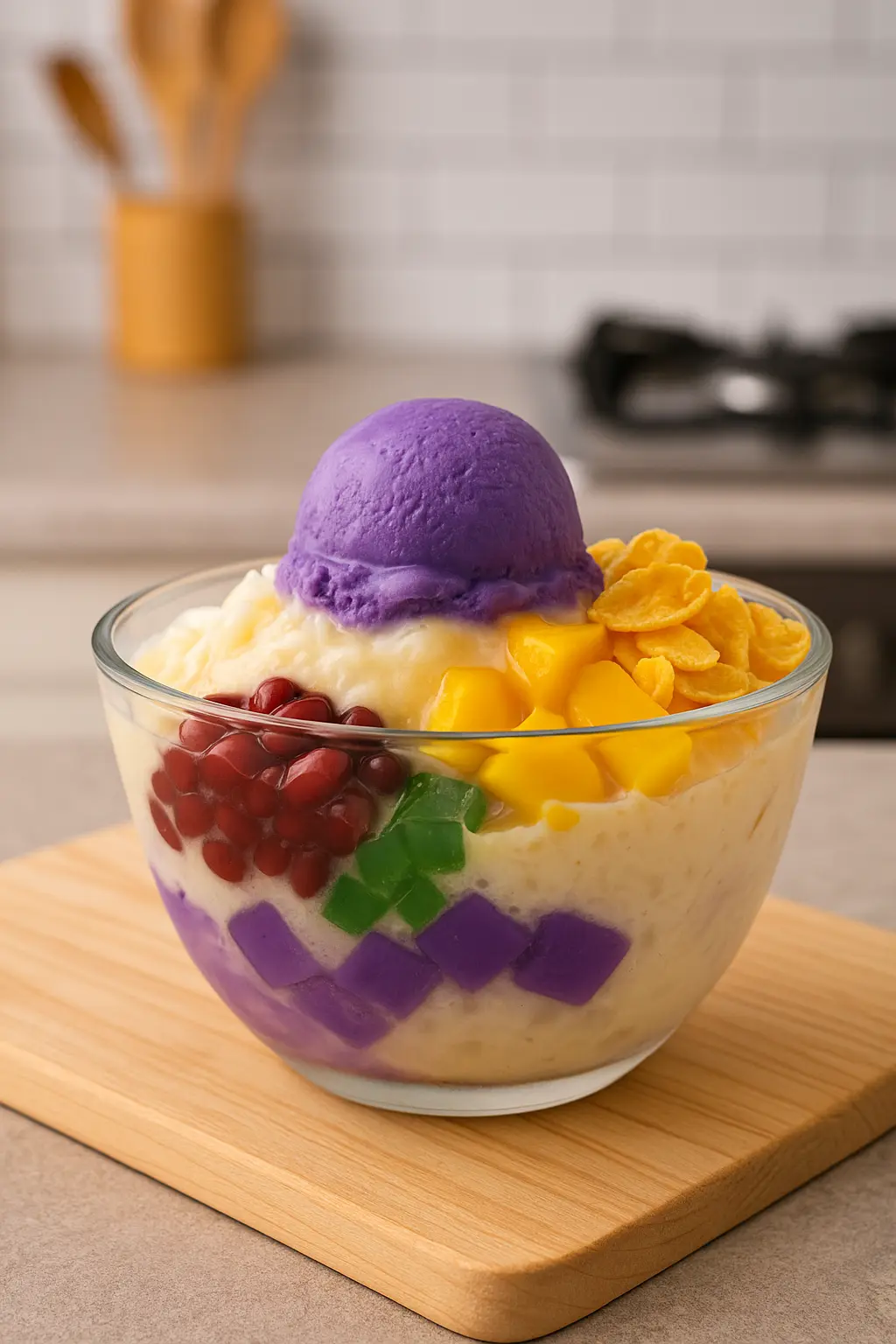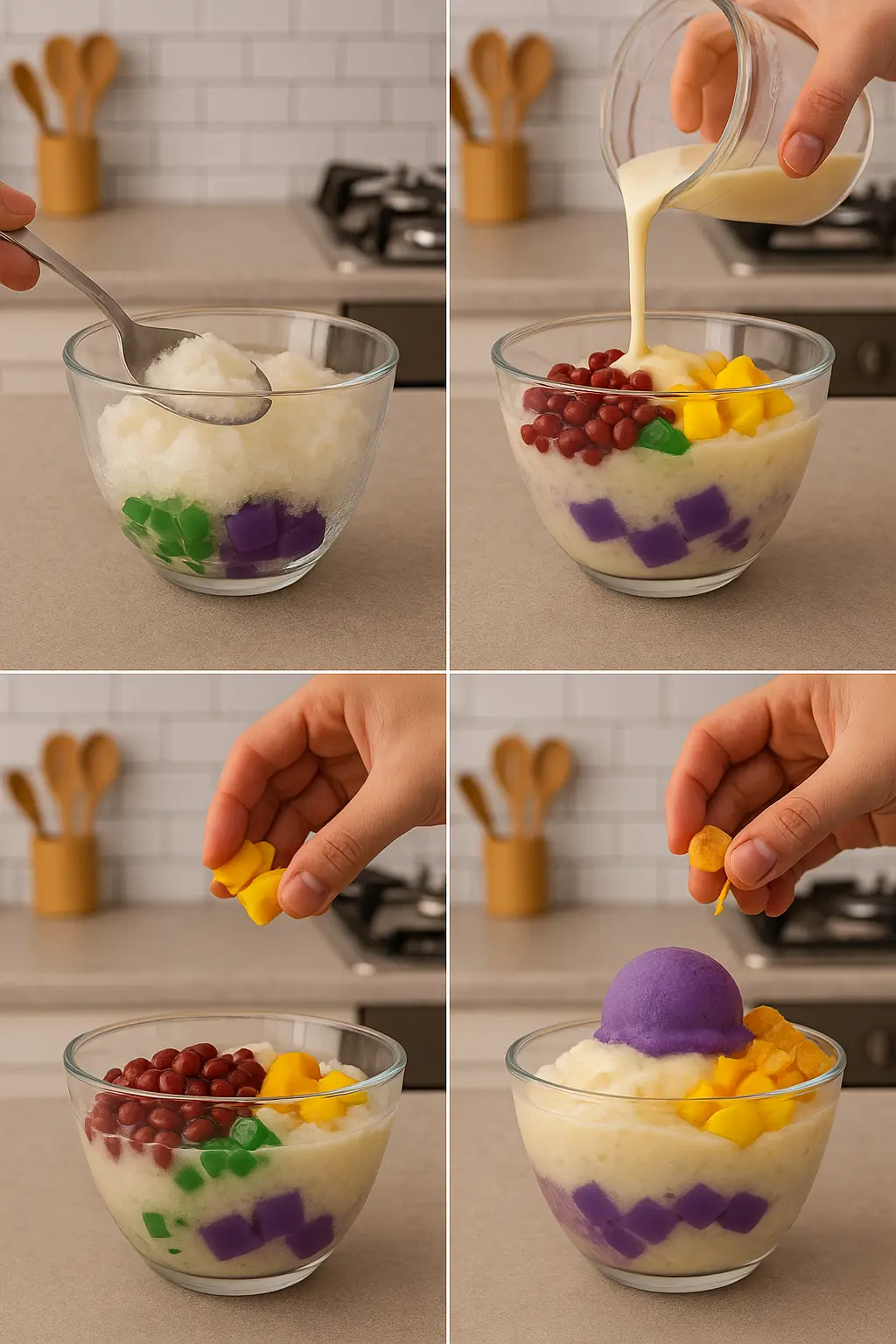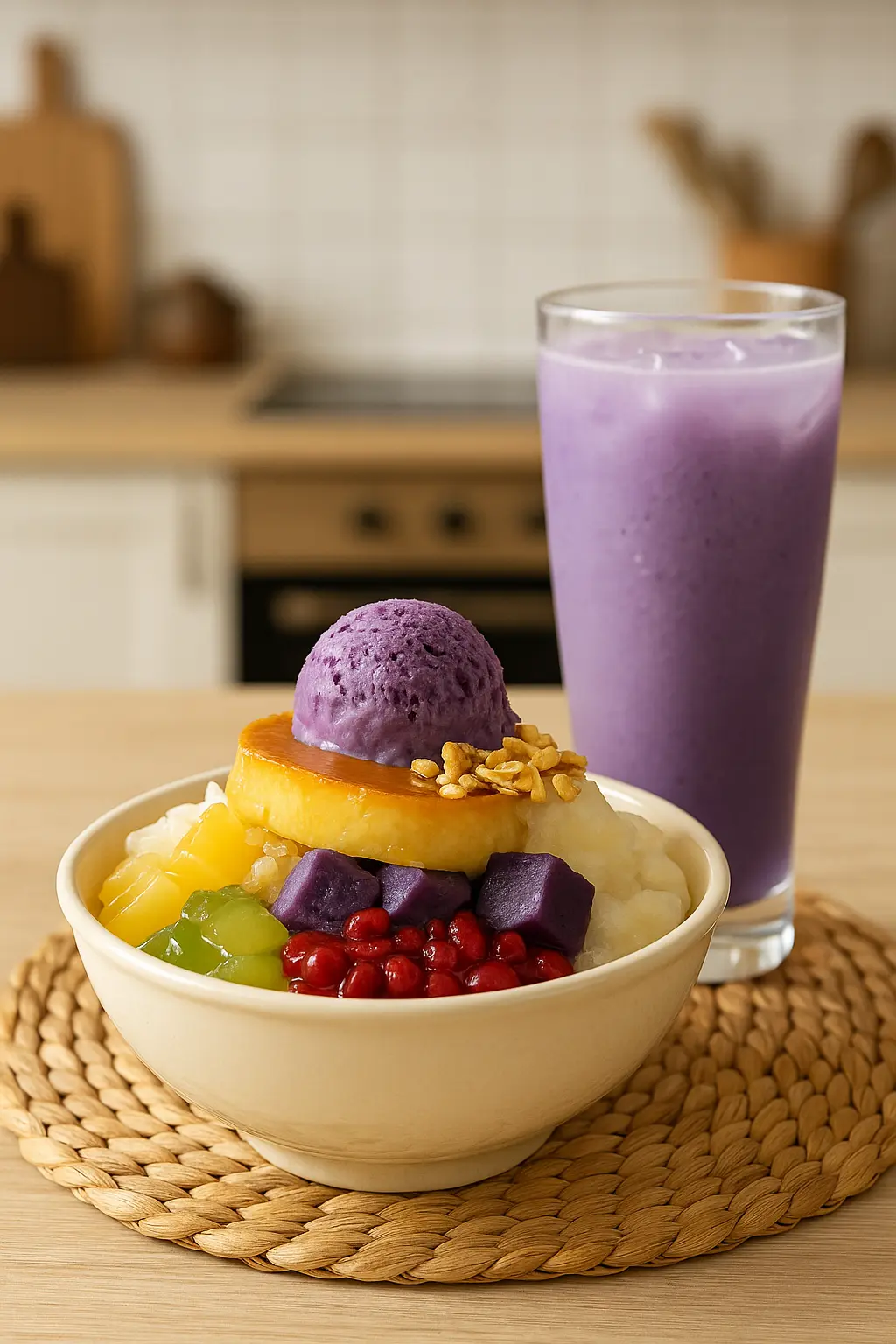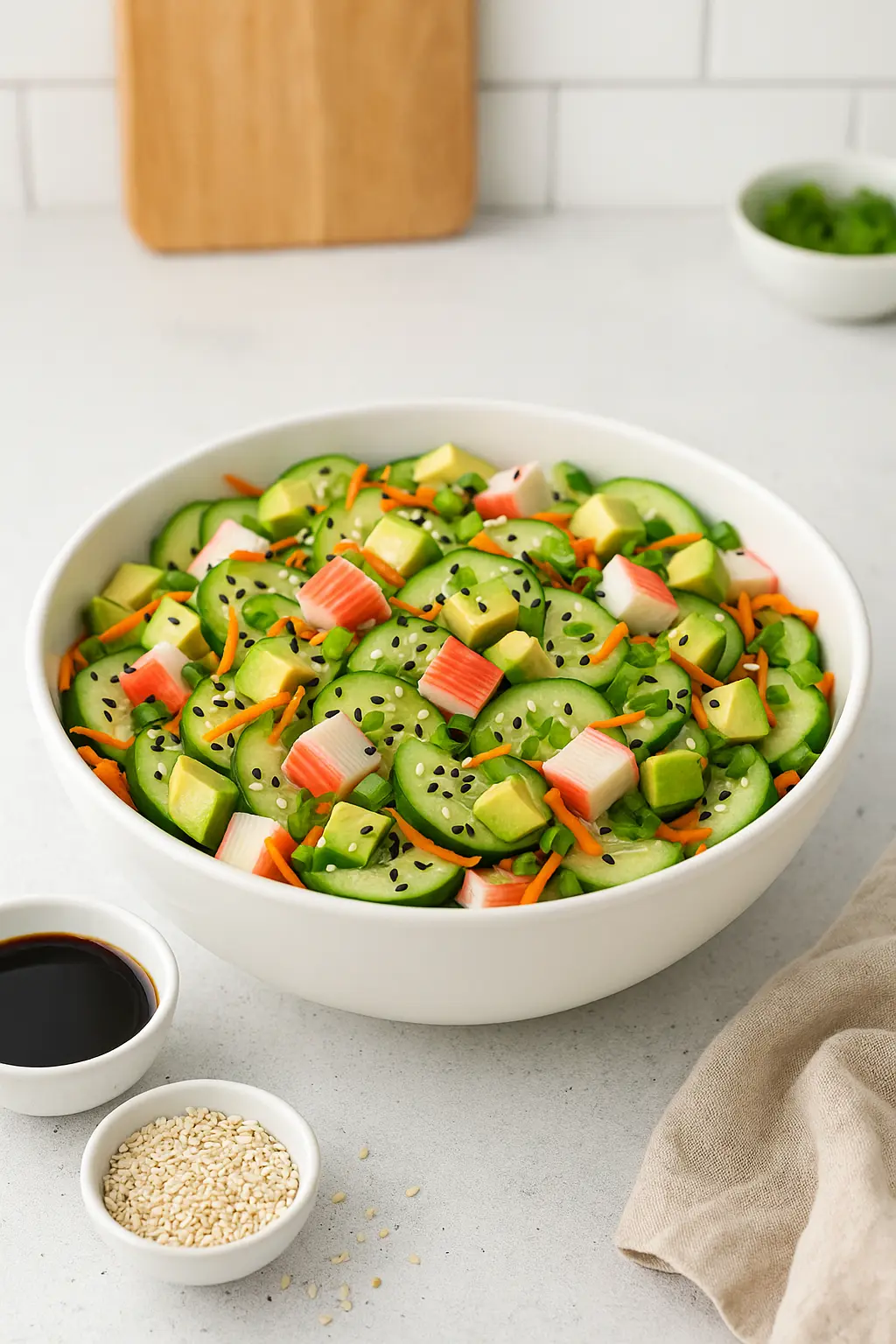Heirloom Delight: A Classic Pinoy Dessert for All Seasons
There’s something unmistakably heartwarming about a traditional pinoy dessert. It brings to mind lazy afternoons, festive gatherings, and kitchen aromas filled with coconut, sweet banana, and sticky rice. One of the most cherished dishes in Filipino households is ginataang halo-halo—a coconut milk-based sweet soup that’s a shining example of what makes a pinoy dessert both comforting and exciting.
Whether you’re in the Philippines or sharing your roots in the USA, this pinoy dessert will bring you closer to home. The blend of ingredients and textures in this dish makes it perfect for enjoying year-round—warm during winter months and chilled for the summer.
What Is Ginataang Halo-Halo?
Among the many varieties of pinoy dessert, ginataang halo-halo stands out for its balance of creamy, chewy, and subtly sweet components. The name translates to “mixed ingredients in coconut milk,” and true to its title, it brings together fruits, tubers, glutinous rice balls (bilo-bilo), and tapioca pearls in one delicious medley.
It is one of the few pinoy desserts that’s as popular with elders as it is with children—a real family favorite.
Why This Pinoy Dessert Works in Any Season
Unlike icy halo-halo, this pinoy dessert doesn’t rely on crushed ice or refrigeration to shine. In colder months, its warm, velvety coconut milk soothes the soul. In the heat of summer, it’s just as delightful when served chilled, its natural sweetness becoming even more refreshing.
This adaptability is what makes ginataang halo-halo such a beloved pinoy dessert both in the Philippines and among Filipino communities in the USA.
Ingredients (Serves 6)
For the Bilo-Bilo (Rice Balls):
- 1 cup glutinous rice flour
- ½ cup water
Main Ingredients:
- 2 cups coconut milk
- 1 cup coconut cream
- 1 cup diced sweet potatoes
- 1 cup sliced saba bananas
- ½ cup jackfruit strips (optional)
- ½ cup cooked tapioca pearls (sago)
- ½ cup sugar (adjust to taste)
- ½ tsp salt
- 3 cups water
These ingredients form the backbone of our pinoy dessert, each one contributing to the authentic Filipino flavor profile.

Step-by-Step Instructions
1. Make the Bilo-Bilo (Rice Balls)
Mix glutinous rice flour and water into a soft dough. Form into small balls and set aside. These chewy rice balls are iconic in many pinoy desserts and give the dish its irresistible bite.
2. Simmer the Root Crops
Boil 3 cups of water and add diced sweet potatoes. Simmer until just tender. This base is essential for the depth and heartiness of this pinoy dessert.
3. Add Coconut Milk
Pour in coconut milk and stir gently. Add the bananas and continue cooking.
4. Add the Rice Balls
Drop the rice balls into the simmering pot. Once they float, they are cooked—a telltale sign used in many pinoy dessert preparations.
5. Incorporate the Rest
Add jackfruit, tapioca pearls, sugar, and salt. Finish with the coconut cream and stir until well combined.

Serving Suggestions
You can serve this pinoy dessert:
- Warm: For rainy evenings or cool winter days.
- Chilled: Perfect for summer afternoons or family fiestas.
Top with latik (coconut curds) or a sprinkle of toasted coconut for extra indulgence.
Storage Tips
- Keeps in the fridge for up to 3 days.
- Add water or coconut milk when reheating.
- Enjoy it hot or cold—just like many beloved pinoy desserts.
Why This Dish Represents Filipino Culture
Filipino cuisine is filled with comforting sweets, and this pinoy dessert is no exception. It’s often shared during merienda (snack time), during holidays, or served to surprise guests. It connects generations and brings families together, especially those living far from home.
Healthier Options for a Modern Pinoy Dessert
- Replace sugar with coconut sugar or a sugar substitute.
- Use light coconut milk for fewer calories.
- Add chia seeds for fiber—modern twists to a classic pinoy dessert.
More Pinoy Desserts to Love
Explore more delicious Filipino sweets:
Each one highlights the diversity of pinoy dessert culture, blending tropical ingredients with comforting traditions.
Cooking With Culture: Passing Down a Pinoy Dessert Legacy
My Lola always said, “food tells the story of where you came from.” This pinoy dessert has told mine in every sticky, creamy, sweet spoonful. It’s a taste of memory, wrapped in coconut milk and shared with love.
So whether you’re a long-time pinoy dessert enthusiast or a curious home cook wanting to try something new, this recipe will not disappoint. It’s simple, nostalgic, and soul-satisfying.
Read more : https://chefnip.com/paleo-desserts-brownies/
Regional Variations of This Pinoy Dessert
While ginataang halo-halo is a national favorite, different regions across the Philippines put their own twist on this comforting pinoy dessert.
Visayan Version
In the Visayas, it’s often simpler and called binignit, typically served during Holy Week. The recipe leans heavier on root crops like ube and taro, and coconut cream is used in abundance for a thicker, richer texture.
Mindanao-Style Binignit
In Mindanao, the jackfruit is not optional—it’s essential. This version is even more fruit-forward and often includes a generous amount of ripe bananas, making it one of the sweeter renditions of the pinoy dessert.
Luzon Interpretation
Luzon’s take sometimes includes mung beans or kidney beans, lending a slightly earthy note to contrast the creamy coconut base. A perfect example of how Filipino ingenuity breathes new life into classic pinoy desserts.
Cultural Significance of Pinoy Desserts
In Filipino culture, desserts aren’t just a sweet finish—they’re part of everyday life. Whether it’s kakanin, bibingka, or halo-halo, every pinoy dessert tells a story of celebration, resilience, and family unity.
- Merienda Moments: Filipinos enjoy light snacks between meals, and a warm bowl of this pinoy dessert is a common merienda option.
- Holiday Staple: During Christmas or Holy Week, you’ll often find big pots of ginataang halo-halo simmering in households or being sold at street-side stalls.
- Community Bonding: Making this dessert often becomes a communal activity, with family members sharing in the peeling, slicing, and stirring.

Cooking Techniques and Tips
Making a great pinoy dessert like this one doesn’t require complicated techniques, but a few tips can elevate it:
1. Use Fresh Coconut Milk if Possible
Canned coconut milk is convenient, but fresh “kakang gata” offers more aroma and depth. Many Filipino markets offer frozen or freshly grated coconut that you can press for milk.
2. Layer in Flavors Slowly
Start with the most robust ingredients like sweet potatoes and end with delicate ones like jackfruit. This helps preserve the individual textures and flavors—a hallmark of great pinoy dessert cooking.
3. Avoid Overcooking the Rice Balls
The chewy texture of bilo-bilo is crucial. Overcooked balls lose their spring and turn mushy. They should have a satisfying bite, almost mochi-like.
Pairing Suggestions for Your Pinoy Dessert
This dish is versatile enough to be paired with:
- Hot Beverages: Pair it with traditional drinks like salabat (ginger tea) or kapeng barako.
- Savory Dishes: Serve as a contrast to salty fare like fried fish, longganisa, or adobo—just like how many pinoy desserts are enjoyed after heavy meals.
- Chilled Coconut Water: For a refreshing and tropical pairing during summer.
Modern Twists on the Classic Pinoy Dessert
Filipino chefs and food influencers are giving this humble pinoy dessert modern makeovers:
- Vegan Versions: Substituting coconut milk with almond or oat milk for a lighter twist.
- Superfood Additions: Adding chia seeds, flaxseeds, or spirulina for health-conscious eaters.
- Ube Bilo-Bilo: Coloring the rice balls with ube (purple yam) not only makes it more eye-catching but adds another dimension of flavor.
These innovations are helping to popularize pinoy desserts on a global scale, especially among foodies seeking plant-based and culturally rich dishes.
FAQ: Everything You Need to Know About This Pinoy Dessert
1. What is the most popular Filipino dessert?
Leche Flan is widely regarded as the most popular Filipino dessert. This rich, creamy caramel custard is a staple at celebrations and often appears in other desserts like halo-halo. Its simplicity and indulgent flavor make it a beloved treat across the Philippines.
2. What is halo-halo made of?
Halo-halo, meaning “mix-mix” in Tagalog, is a vibrant Filipino dessert composed of shaved ice, evaporated milk, and an assortment of ingredients such as sweetened beans, jellies (gulaman), fruits, ube halaya (purple yam jam), leche flan, and is often topped with ube ice cream. It’s a refreshing treat, especially popular during the hot summer months.
3. What is ube, and why is it used in desserts?
Ube is a purple yam native to the Philippines, known for its vibrant color and sweet, nutty flavor with hints of vanilla. It’s a versatile ingredient used in various Filipino desserts like ube halaya (a type of jam), ube ice cream, cakes, and pastries. Its unique taste and striking hue have made it popular both locally and internationally.
4. What are some traditional Filipino desserts?
Traditional Filipino desserts include:quizizz.com
- Bibingka: A rice cake baked in banana leaves, often topped with salted egg and cheese.
- Maja Blanca: A coconut milk-based pudding with corn kernels.
- Biko: Sticky rice cooked in coconut milk and brown sugar, topped with latik (coconut curds).
- Brazo de Mercedes: A soft meringue roll filled with rich custard.
- Sapin-Sapin: A layered glutinous rice and coconut dessert with vibrant colors.
5. What is the difference between ube and taro?
While both ube and taro are root vegetables used in desserts, they differ in flavor and appearance. Ube has a vivid purple color and a sweet, vanilla-like taste, making it ideal for sweet dishes. Taro, on the other hand, has a more subdued color and an earthy flavor, often used in both sweet and savory preparations.
6. What is buko pandan?
Buko pandan is a popular Filipino dessert made from young coconut strips (buko) and pandan-flavored jelly mixed with sweetened cream or condensed milk. It’s known for its refreshing taste and is commonly served chilled during gatherings and special occasions. seriouseats.com
Why This Pinoy Dessert is Gaining Popularity Worldwide
As Filipino food gets more attention globally, classic pinoy desserts are leading the charge. This recipe is especially attractive because:
- It’s plant-based and naturally gluten-free.
- It features superfoods like coconut, sweet potatoes, and bananas.
- It has rich cultural storytelling embedded in every bite.
Filipino-American chefs are bringing this dish to restaurants in New York, Los Angeles, and San Francisco, often giving it contemporary presentations while maintaining its soulful essence.





